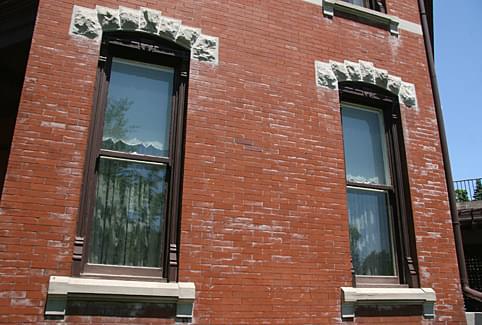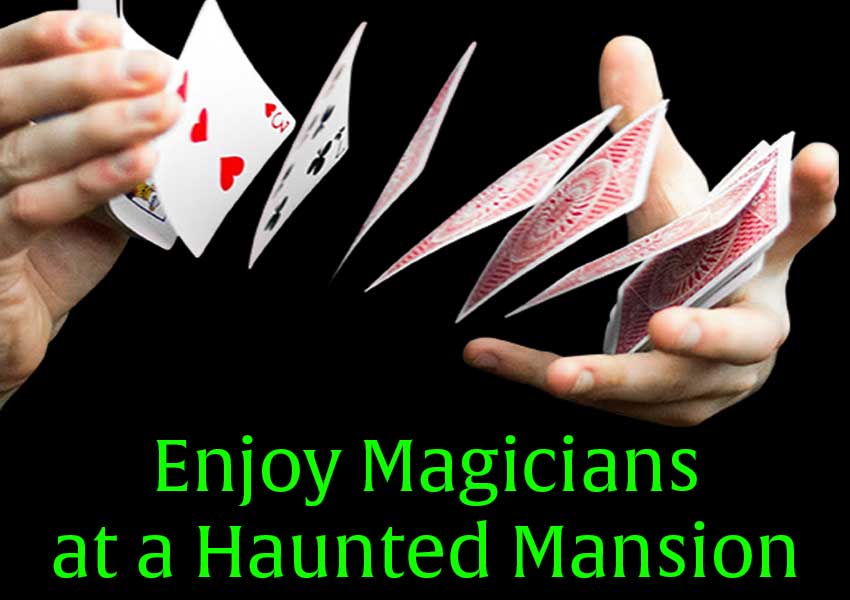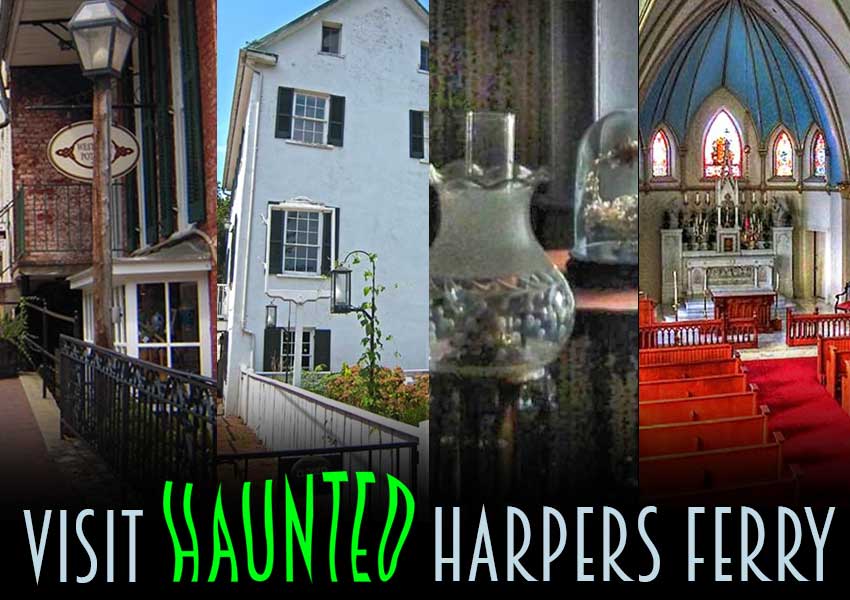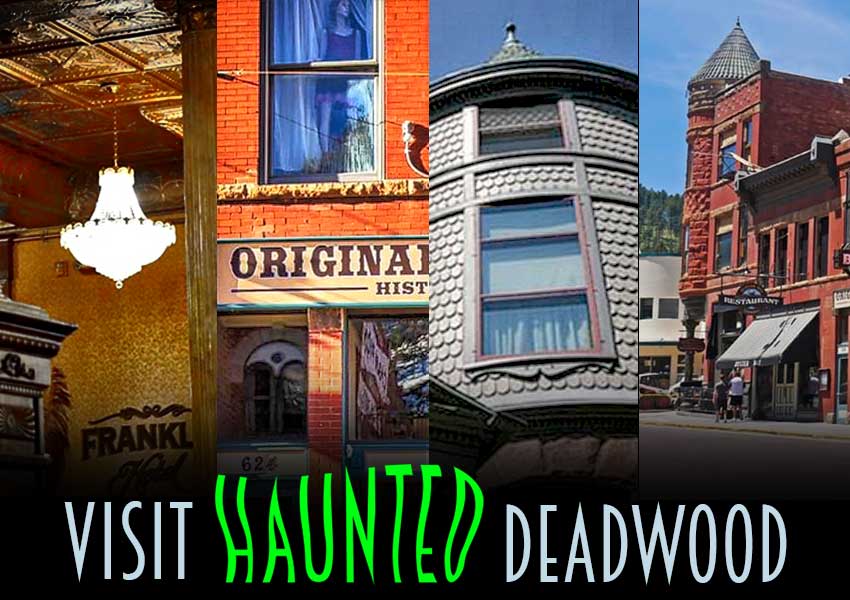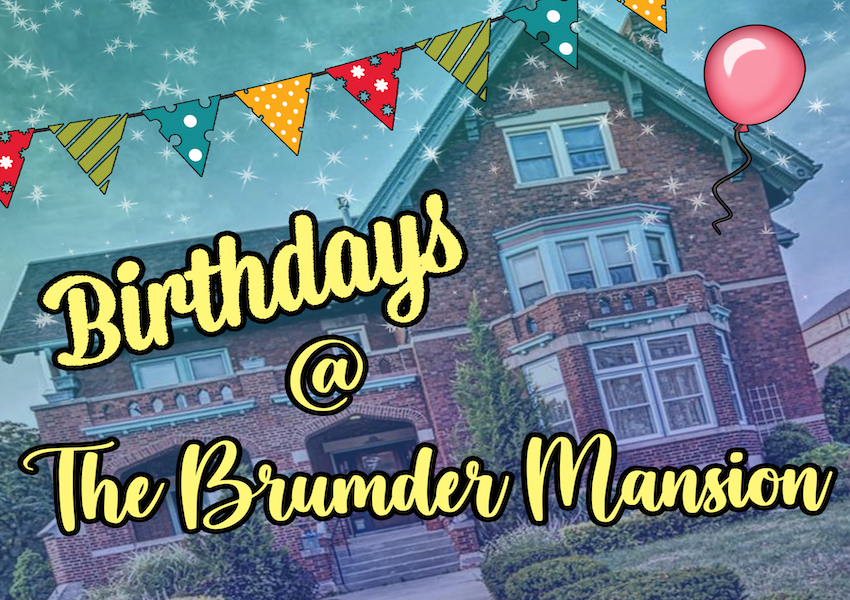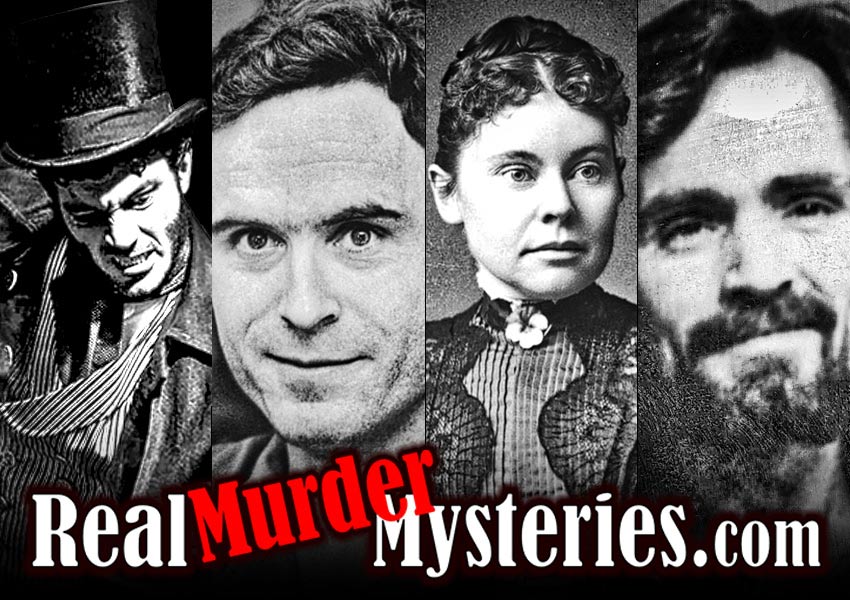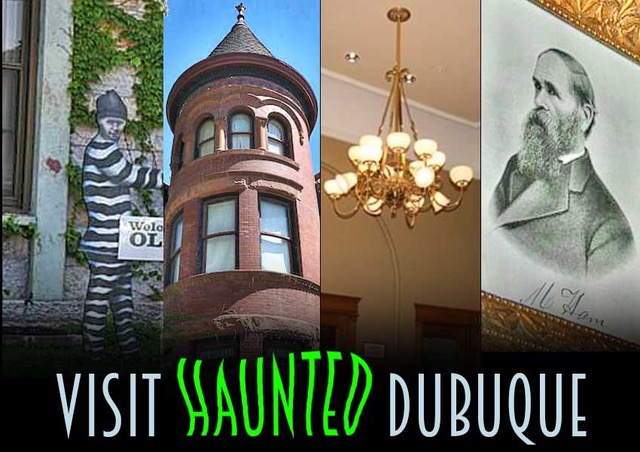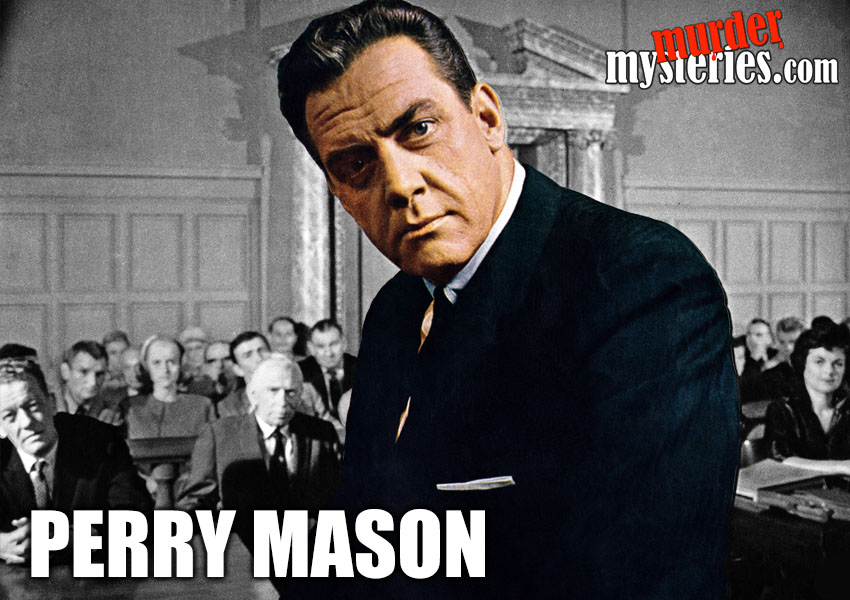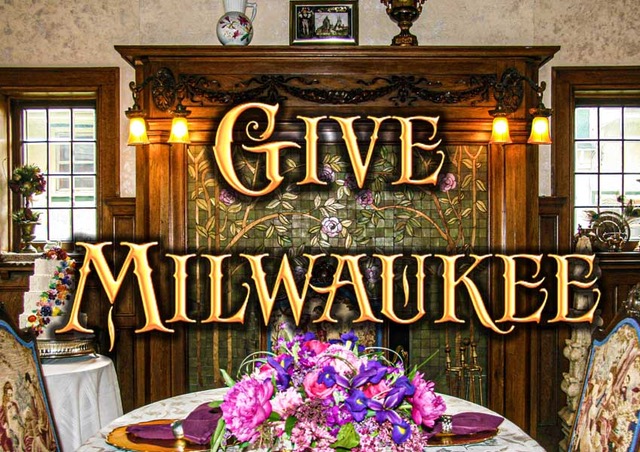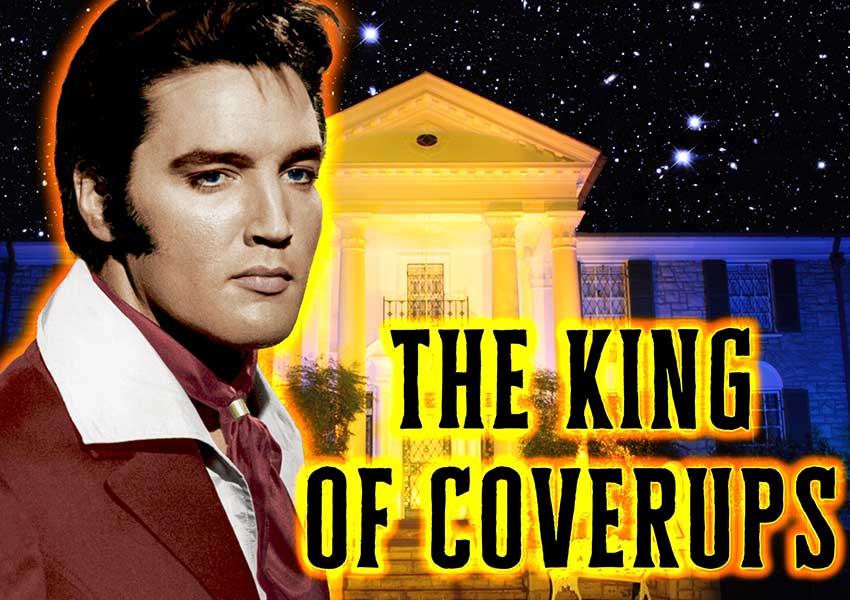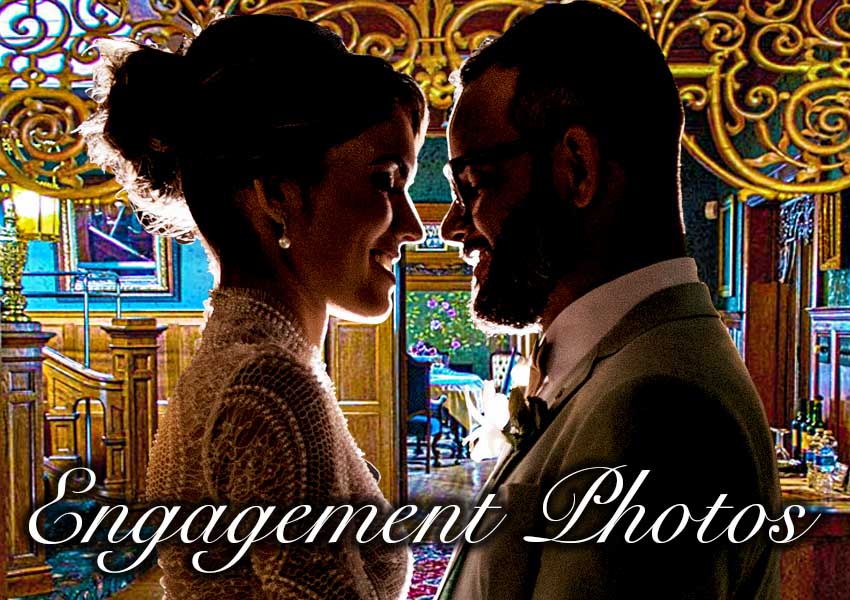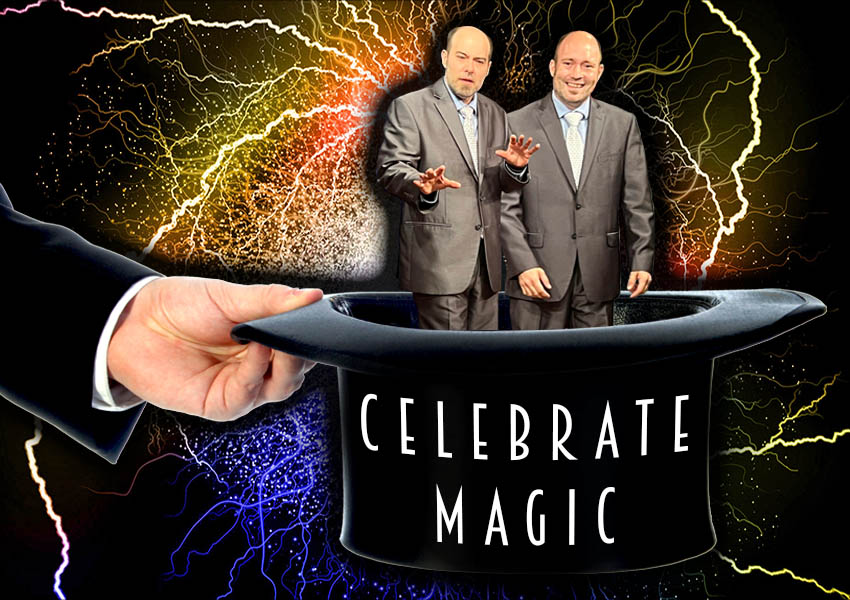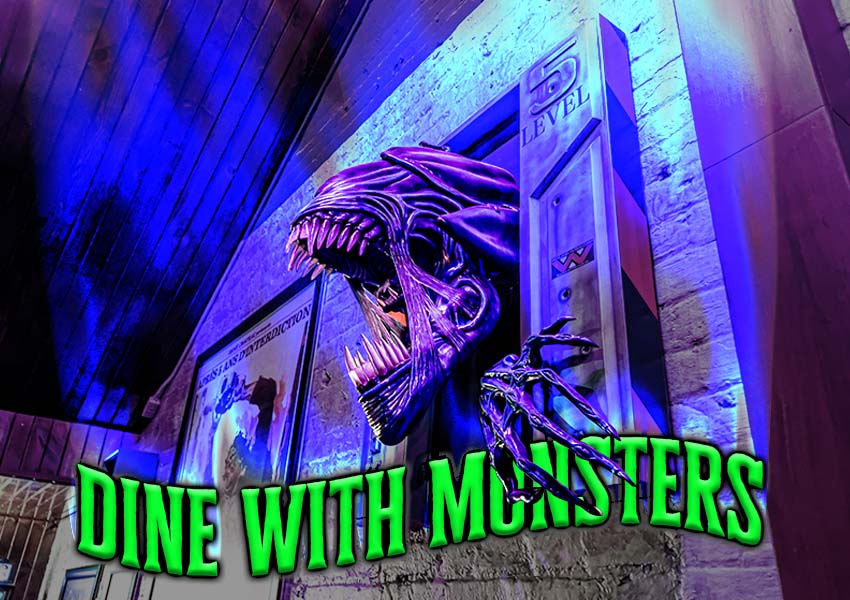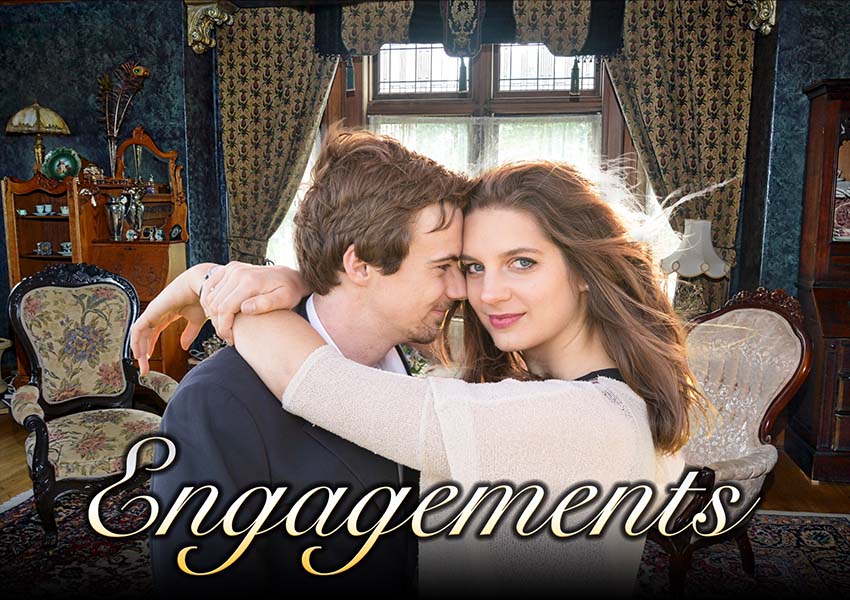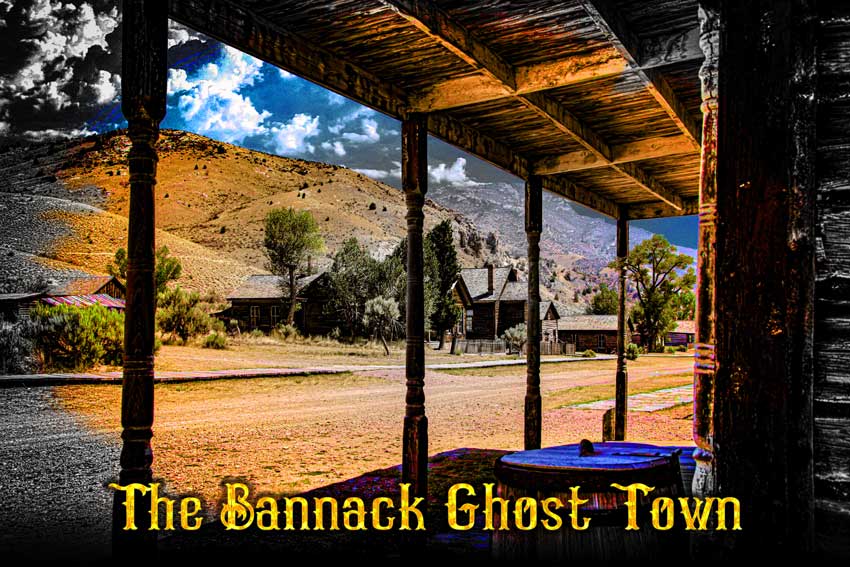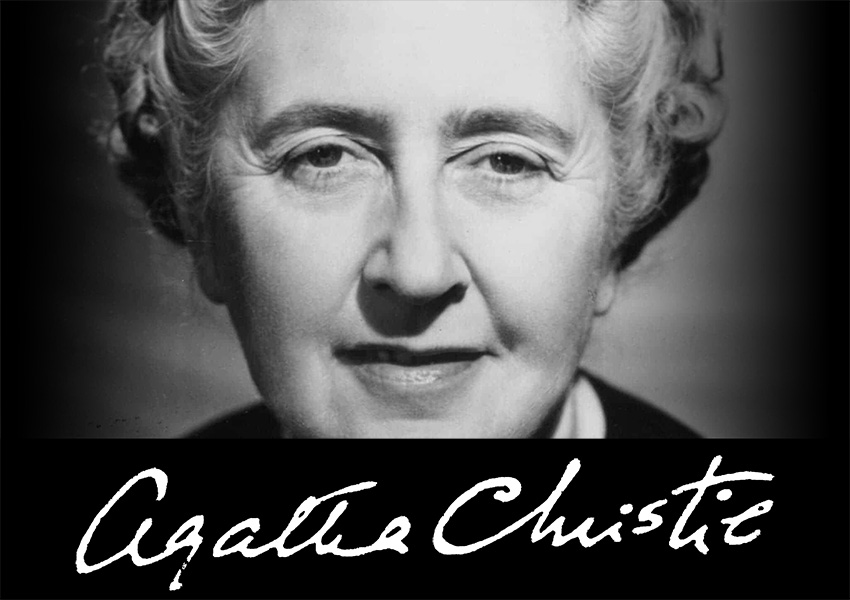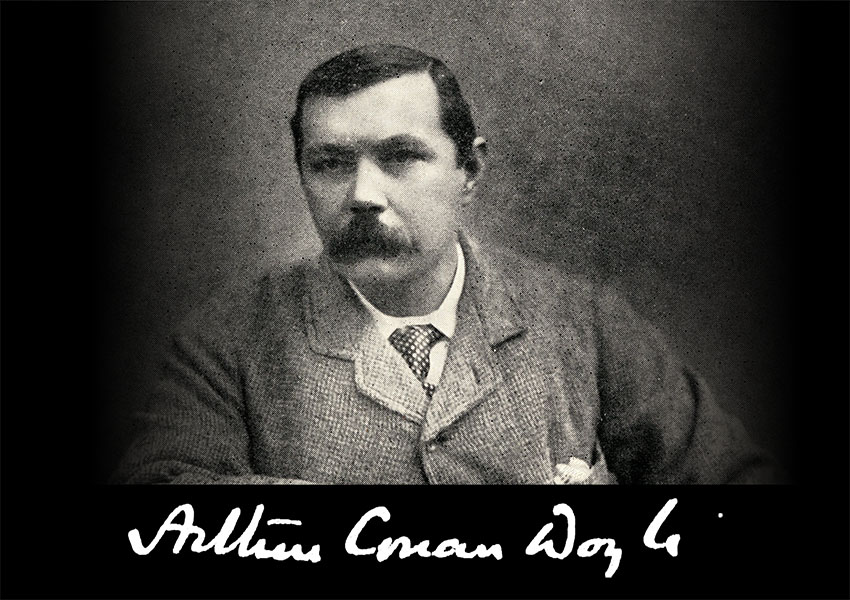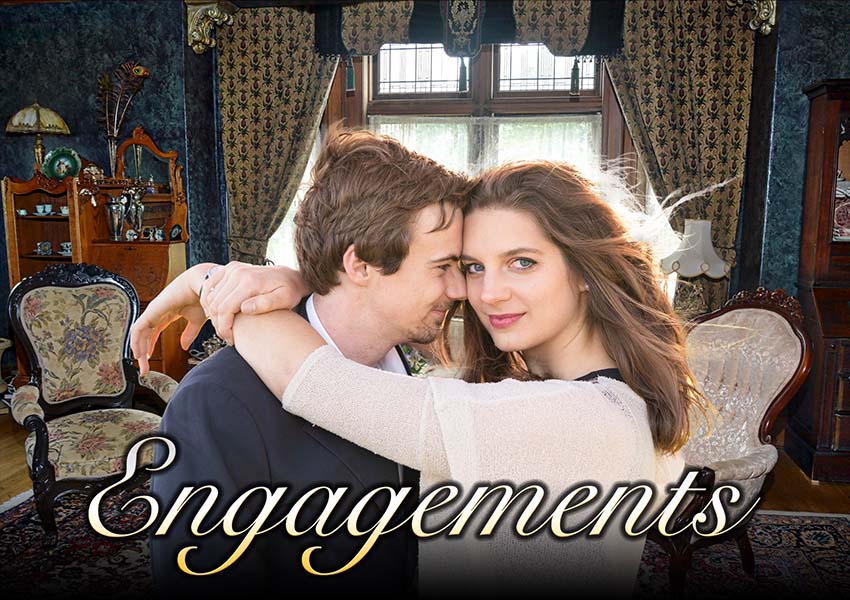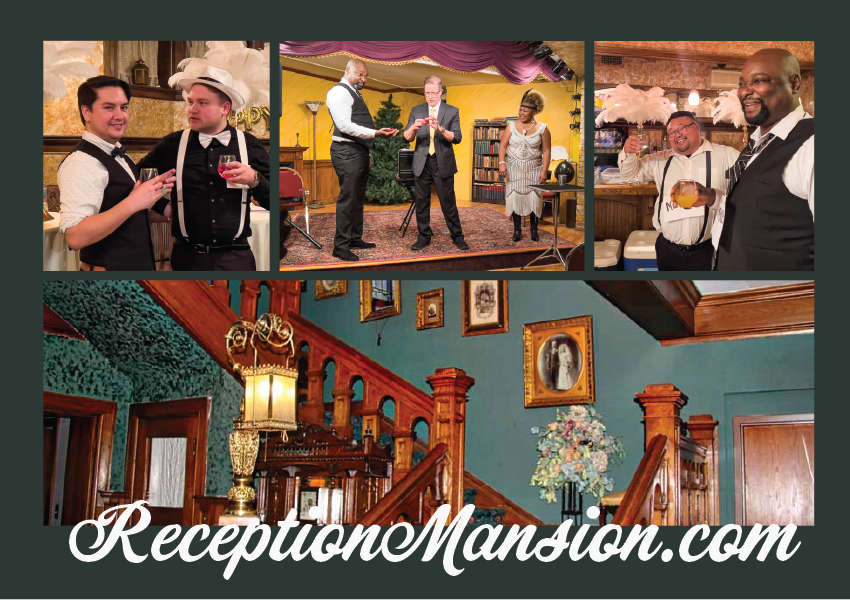Cedar Rapids Iowa
Brucemore Mansion
A well-read entity with mischevous/poltergeist
tendencies haunts a room in the mansion.
DESCRIPTION
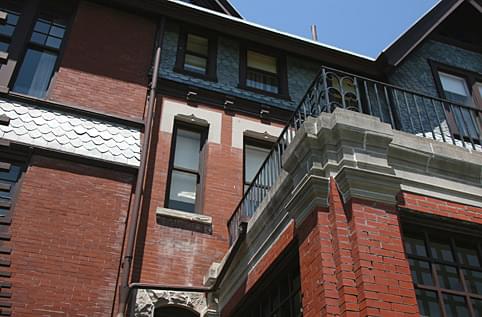 Brucemore is a 21 room, Queen Anne mansion that not only had the good fortune of having only 2 families over its long history to live and take care of it, and expand its growth, but was given to a trustworthy organization, National Trust for Historic Preservation. They have kept it in great repair, and have enthusiastically promoted Brucemore and its grounds as a cultural arts center and historic site, much to the enrichment of the public, as well as bringing in some money to help with its upkeep and preservation.
Brucemore is a 21 room, Queen Anne mansion that not only had the good fortune of having only 2 families over its long history to live and take care of it, and expand its growth, but was given to a trustworthy organization, National Trust for Historic Preservation. They have kept it in great repair, and have enthusiastically promoted Brucemore and its grounds as a cultural arts center and historic site, much to the enrichment of the public, as well as bringing in some money to help with its upkeep and preservation.
What is also most remarkable, is that of the original 35ish acre estate, only around 9 acres were sold off, leaving this mansion and its beautiful 26 acre grounds in tact; something which is rare, as very few mansions that Tom and I have visited still have most of their acreage.
HISTORY
Thomas and Caroline Sinclair moved to Cedar Rapids in 1871, where Thomas, a smart entrepreneur, started a meat packing business and made a fortune for the ten years he was alive. 6 months after his youngest child was born, he died of a heart attack in 1881, leaving Caroline a widow and their 6 children, fatherless. Instead of returning home to New York, Caroline was made of sterner stuff. She bought 10 acres of land, and commissioned Indianapolis architect, Maximilian Allardt to design a mansion home for her and the children. Local architects Henry Josselyn and Eugene Taylor oversaw the construction.
 The result was a beautifully made, $55,000 dream home, called “Fairhome”, that was considered “the grandest house west of Chicago.” True to the Queen Anne style, this mansion has a combination of smooth brick on the lower floors with decorative slate shingles on the upper floors. Brucemore also has the steeply gabled roof, with five large chimneys, and turrets along the roof line. The cherry on top has to be the “decorative brick panels and stylized relief decoration.”
The result was a beautifully made, $55,000 dream home, called “Fairhome”, that was considered “the grandest house west of Chicago.” True to the Queen Anne style, this mansion has a combination of smooth brick on the lower floors with decorative slate shingles on the upper floors. Brucemore also has the steeply gabled roof, with five large chimneys, and turrets along the roof line. The cherry on top has to be the “decorative brick panels and stylized relief decoration.”
Inside was equally beautiful, that is seen immediately upon entering the great hall. The grand staircase leads up to the upper floors, where the family lived a comfortable life style. There were eight bathrooms, nine bedrooms, and fourteen fireplaces. On the southern facade of their home, a conservatory was built as well.
After raising her children to adulthood in this home, Caroline found that the mansion was way too big for her. She worked out a trade deal with George Douglas, and she exchanged homes with the Douglas family, moving into the Douglas home in downtown Cedar Rapids, perhaps to be closer to her children and the organizations & charities that she so generously supported.
In 1906, business entrepreneur George Bruce Douglas and his wife Irene and their three daughters moved into the mansion, with some grand ideas to make this home their own. George tripled the size of the estate, and bought around 25 more acres of land. From 1906-1925, the mansion and its grounds were improved upon and renovated.
1906- A Chicago architect, Howard van Doren Shaw, was hired to plan and supervise the renovations of the mansion, now called Brucemore. The southern entrance to the mansion was moved. A new terrace was added to the north side of the home, offering a great view of their acreage. The great hall was made even more lovely with the addition of butternut paneling and ceiling beams.
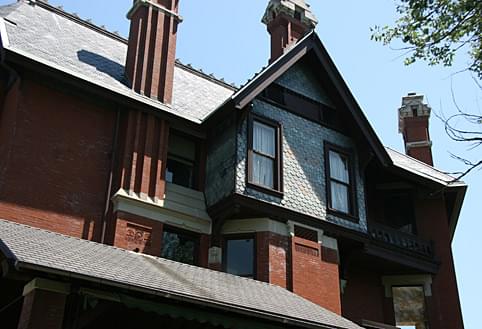 Completed by 1915: The servants’ duplex, a barn, bookbindery/squash court, Garden House, a grass tennis court, a duck pond, large formal gardens. Vegetable and cutting gardens were also created.
Completed by 1915: The servants’ duplex, a barn, bookbindery/squash court, Garden House, a grass tennis court, a duck pond, large formal gardens. Vegetable and cutting gardens were also created.
1920s – A dramatic mural was painted on the wall in the great hall, depicting scenes from Richard Wagner’s opera, The Ring of the Nibelung. A Skinner player organ was installed in the great hall, with its 678 pipes housed on the third floor. The Douglas family not only were pillars of their community, but also supported local artists.
1925 – Swimming pool was added, 2 years after the death of George Douglas.
When Irene died in 1937, her eldest daughter Margaret and husband Howard Hall, also generous in giving to others, moved into the mansion. They sold 9 acres, cutting the estate to its present size of 26 acres. The improvements made to the mansion included: adding two basement recreation rooms, and letting in more light into the library dining room and master bedroom by putting in picture windows. They also enclosed the west porch. Other visual improvements were the lightening of the stain on the paneling found in the first and second floor halls and adding antiqued woodwork in the library.
Howard died in 1971, and Margaret died in 1981, leaving their mansion and grounds to an organization, National Trust for Historic Preservation, which would ensure that many would benefit from their last generous donation of their personal life.
To find out more about the events, exhibits and opportunities for education and membership, as well as visiting Brucemore Mansion and grounds, visit their website.
HISTORY OF MANIFESTATIONS
 This entity has been here from at least the turn-of-the-century, as this was when a University of Chicago Professor was asked to come and investigate this paranormal activity. I am guessing that when the Douglas family began an extensive renovation and additional construction in 1905, this entity became active, perhaps getting energy for its more rambunctious activity from one of the pre-adolescent daughters.
This entity has been here from at least the turn-of-the-century, as this was when a University of Chicago Professor was asked to come and investigate this paranormal activity. I am guessing that when the Douglas family began an extensive renovation and additional construction in 1905, this entity became active, perhaps getting energy for its more rambunctious activity from one of the pre-adolescent daughters.
Questions remain. It is unknown who this entity is or why it is here in the mansion. Why does it haunt the library? Maybe it loved books, or has fond memories of activities which took place in the library.
MANIFESTATIONS
An entity with poltergeist tendencies has haunted the library in this huge mansion, first mentioned around the turn-of-the-century.
Gutteral Sounds
A groaning presence is heard and felt in the library.
Moving
Various objects are moved around the library without any help from the living.
Spectral Chuckles
Disembodied laughing is heard, but its location is hard to pin down.
Personal Appearance
A glowing apparition has been seen in the library by witnesses.
PARANORMAL FINDINGS
The activity in the Library has been constant for along time, giving a boatload of experiences to the living who all report the activity listed under Manifestations section.
No hard evidence has been shared to the public. Owned by National Trust for Historic Preservation, no paranormal investigators have been allowed inside to investigate as the spirit who loves the library causes no harm and why antagonize this spirit? They want the public to see this grand property as a Historical Site and Cultural Arts Cente, and an attraction for paranormal investigations.
STILL HAUNTED?
Apparently so, according to the sources I found.
Perhaps not all 6 of the Sinclair children made it to adulthood, or Mr. Sinclair followed his family to the new home, or perhaps the land was haunted by an entity before the home was built. Or, it is also possible that someone else connected to the house has chosen to hang around the library in their afterlife.
LOCATION
2160 Linden Drive SE
Cedar Rapids, Iowa 52403
Mansion tours are given Tuesday through Saturday from 10:00 a.m. to 3:00 p.m. and Sunday from noon to 3:00 p.m.
“From downtown, travel three miles east on First Avenue to Crescent Street, turn right, travel two blocks, and turn left on Linden Drive. The entrance to Brucemore is on the left.”
SOURCES INCLUDE
- HAUNTED PLACES: The National Directory
By Dennis William Hauk
pg. 175
2002 - brucemore.org
- britannica.com/blogs
- ghosttraveller.com/iowa.htm
- diepart.com
Our Haunted Paranormal Stories are Written by Julie Carr
Visit the memorable… Milwaukee Haunted Hotel

